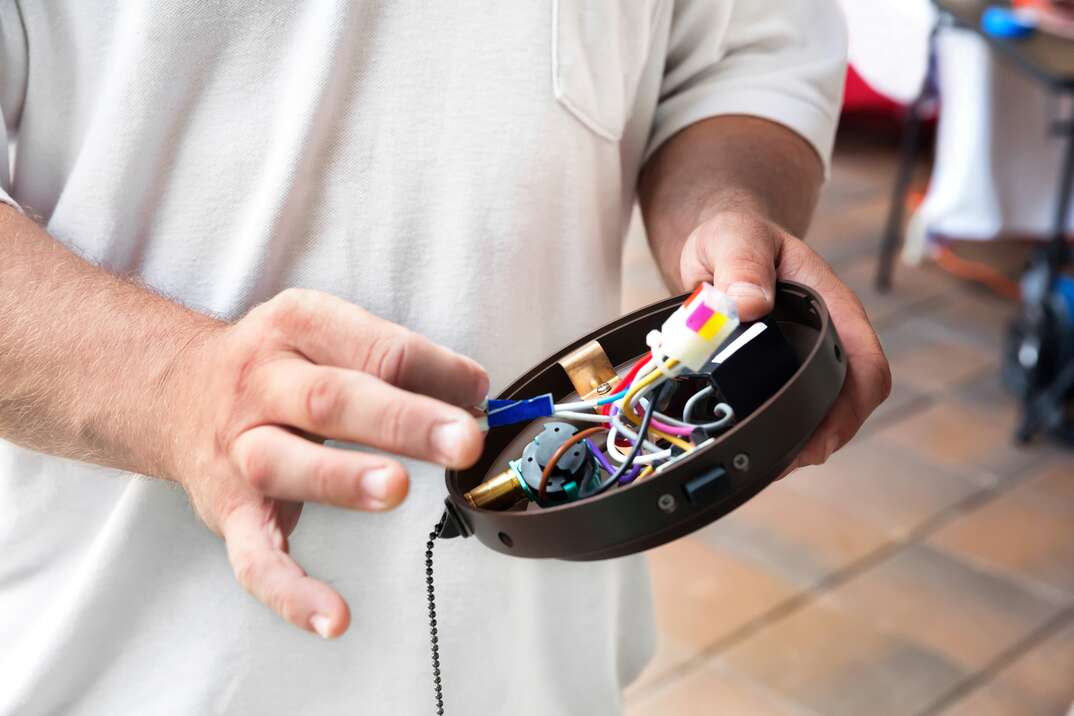How to clean your Thermostat

Spring cleaning is just around the corner and while you're busy decluttering, organizing and dusting your home, you're probably missing one important item. Your thermostat. Learn why you should clean your thermostats to enhance energy efficiency and the quick and easy way to get the job done.
Why Should You Clean Your Thermostat?
Improved Energy Efficiency:
One of the most common reasons for thermostats operating incorrectly is dirt. Dirt affects the thermostat's calibration causing it to interfere with its operation. The additional energy it takes to run a dirty thermostat can increase your fuel bill as much as 7%. For example, if it's set for 70 degrees Fahrenheit, it's actually maintaining a temperature of 73 degrees due to the dirt interfering with operation. It's important to check your thermostat often, especially during season changes. Cleaning dirt and dust from the system may help improve efficiency.
Longer Lasting Thermostat:
By maintaining a clean thermostat, you're setting its life-span up for success. Your thermostat may be less likely to have malfunctions or any issues in the long run and could last much longer than a poorly maintained thermostat.
How to Clean Your Thermostat
There are many different thermostat manufacturers, resulting in different hardware for each type. Some covers have screws, some slide, and most of them simply snap off.
Thermostats can be cleaned by first removing the cover. Second, take a very soft brush (paintbrush) or compressed air to gently clean between the contact points and/or lever switches. You can also slip a crisp dollar bill between the contact points and move it back and forth very lightly to remove any dust or debris that might be caught in the crevices. It's very important to not touch any of the interior parts with your fingers.
After your thermostat has been cleaned and the cover is still off, it’s a good idea to replace the batteries before putting the cover back on. Also, look for any corroded or loose wires. If you see any, don't panic and don’t try to fix or replace them on your own. Leave that up to an electrician or home repair pro to take care of that for you.
Note: "Smart" thermostats do not need to be cleaned, besides the occasional exterior dusting.
Other Common Thermostat Issues
If you've cleaned your thermostat and are still having issues, check the following:
- Check the location - If your thermostat is located near a TV, lamp, or another heat source, this could send the wrong messages to the air conditioner or furnace.
- Anticipator needs adjusting - If your thermostat cycles on or off too frequently or too seldom, you likely have a mechanical problem. The anticipator (flat metal pointer on the scale) may need to be adjusted. If heat starts and stops too often, move it higher. If it starts and stops too seldom, move it lower. Wait a few hours to see if this helps. If it doesn't, consult a professional for help.
While taking on spring cleaning efforts, consider being prepared for home repair emergencies with a home repair plan or home warranty. Plans from HomeServe can help with the costs of covered repairs. Enter your ZIP Code here to see what plans are available in your neighborhood.


